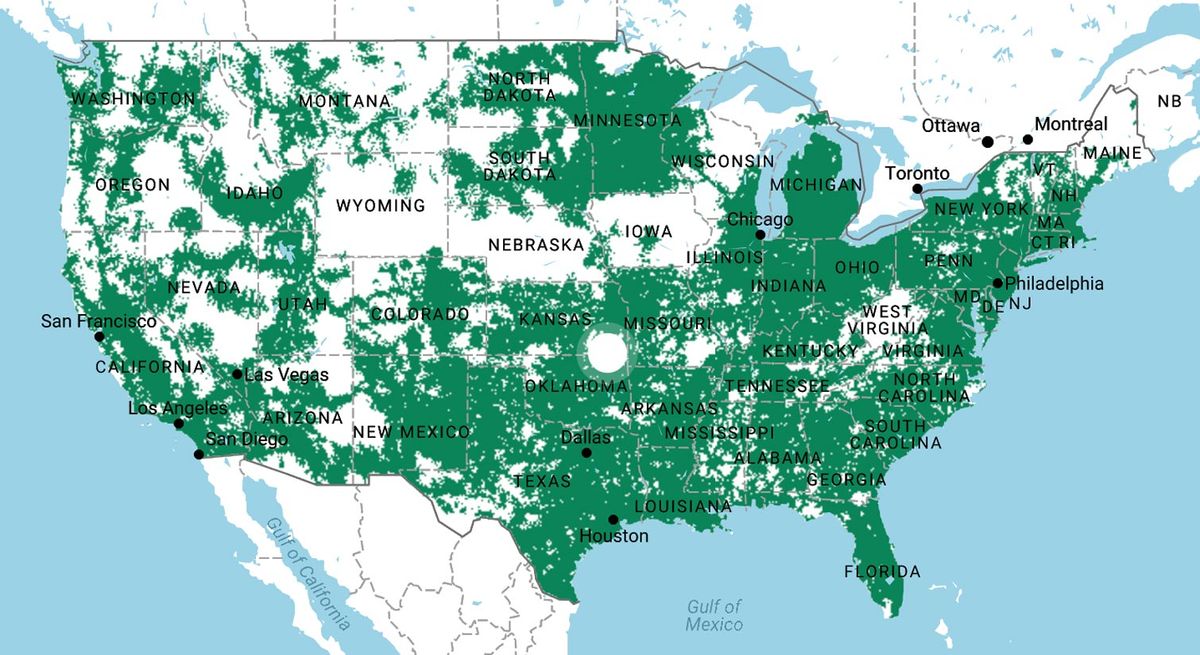
If anyone other than the primary account holder puts his or her name on the port request, the losing carrier will turn it down for sure. Just because you are using the number, that doesn’t necessarily give you the authority to request a transfer. Only one person, the primary account holder, is authorized to make a port request for any number. Unauthorized Contact or Customer Signature That’s why it’s good to get your CSR before you do anything else.ģ.
#CHANGE MINT WIRELESS NUMBER CODE#
Alternatively, a staff member might have accidentally submitted the wrong zip code to the original carrier from the beginning by accident. What if you’re still getting an error message from the carrier? You could have moved recently – or even a while back – and the carrier has the wrong zip code for you. A mistyped keystroke can mean a lot of headache so double and triple-check these items to make sure they’re perfectly spelled and accurate. Invalid Zip Code, Incorrect Billing Telephone Number, or Incorrect Account NumberĪn incorrect address can get you red flagged by the losing carrier, for sure, but so can something as simple as a single wrong digit in your zip code, telephone number, or account number. You can solve this problem by getting a copy of the CSR and then resubmitting your LOA with the information to match.Ģ. The problem could arise from something as simple as a typo, or maybe a former intern in your office messed things up on the initial forms. This sounds easy, but it can be tricky because the address on file with the losing carrier may not be your current address, or even anything close to what you thought it was. That includes user name, service address, and zip code.ĭon’t just submit your current address it has to be exactly the address they have filed away for you. When you submit a Letter of Authorization (LOA), the data it contains need to match that on the Customer Service Record (CSR). They have one name and address, and you supplied them with something just a little bit different. The most common reason a carrier rejects your number port comes down to a basic data mismatch.

Here Are 8 Possible Reasons Your Number Port Got Rejected So while you have them on the phone, this is a good time to ask if there’s anything else they will require to release your number. Carriers that are losing a phone number are notorious for rejecting a port request for the tiniest discrepancy. Don’t have a phone bill? Unsure which specific information your carrier has on file for you? Just contact your carrier before you try to switch and ask for a Customer Service Report (CSR). Most of the time, you can prevent your number port from getting rejected simply by making sure the information you provide to your new provider is exactly what’s listed on your phone bill. Why was your number port rejected? And what can you do about it? The process usually costs nothing and takes anywhere from several days to a few weeks. If you haven’t cancelled service with your old provider first or you aren’t trying to go with a new carrier who doesn’t have an agreement with your current one, you should be able to port your number with ease. Most of the time, however, porting your number is just part and parcel of switching carriers. Also, some rural wireline service providers may obtain waivers for the porting requirement from state authorities.” According to the FCC, “If you are moving to a new geographic area, you may not be able to keep your current phone number when changing providers.

Sometimes, a number simply can’t get ported. Businesses prefer to port their number rather than accept a new one to minimize disruption for their clients or customers. Simply put, when you change service providers for your phone service, porting your number refers to keeping the same number you had with your previous carrier. When you’re transferring your number to a new provider, the last thing you want to hear is, “The port was rejected.” Sometimes, however, number porting turns into a giant headache. Transferring your business number to a new service provider shouldn’t take a lot of time or trouble.


 0 kommentar(er)
0 kommentar(er)
